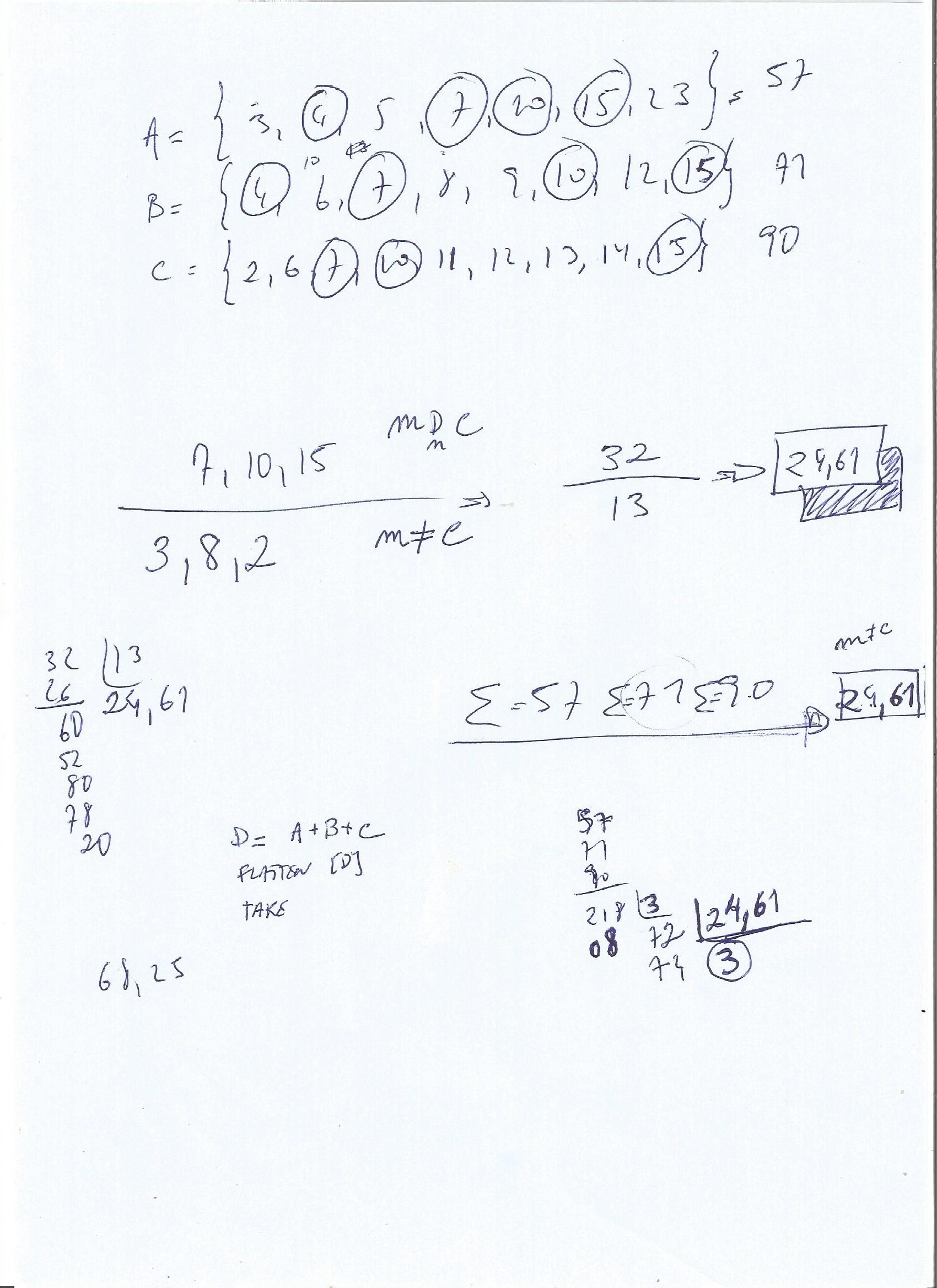 Can someone program something todo this? Calculate the least or greatest most different numbers between a series of numbers? So far I came out with these lines, but nothing comes out...
Can someone program something todo this? Calculate the least or greatest most different numbers between a series of numbers? So far I came out with these lines, but nothing comes out...
Unprotect [Element]Unprotect [NotElement]Unprotect[NestWhile]Unprotect[a,a1,a2]Unprotect[Slot]
f[a1_]:= a&;&["|<a 1] ,[|>"a 1"\[Rule]a 1],|<=>"a1 "\[Rule] a1 "];
Block
Thread[f[{a},{a1,a2},List AllTrue]]
e=Intersection [a,a1,a2]
Last[%]
Block[{$RecursionLimit=1000},f= a]
RandomChoice[a,27]
Thread[a=NestWhileList[a!= a1>a!=a2[Element[a,aa]& Element[a1,aa]& Element[aa,a],Element[a,aa]!=Element[a1,aa]!=Element[a2,aa]&],a,27]]
a=Flatten[List[%]]
Thread[a1=NestWhileList[a1!= a1>b!=a2[Element[a1,aa]& Element[a1,aa]& Element[aa,a1],Element[a1,aa]!=Element[a1,aa]!=Element[a1,aa]&],a1,27]]
a1=Flatten[%]
Block[{$RecursionLimit=1000},c1 ]
c1={#&,a+b1-c1}
b1={a,a1+a}
Map[MatchQ[#,_Integer]&,b]
Pick[c1,b1]
Do[If[a1 a1 And Or >=a1,Print["a1 = ",a1],Throw[a]],{a1,d}]
Catch[Do[If[a2!= a And Or #3&,Print["a1 = ",a1],Throw[a1]],{a,d}]]
Directory[]
Export["aa.txt","aa"]
Import["aa.txt"]
a=Flatten[a]
b=Flatten[a1]
c=Flatten[a2]
d=Union[a,b,c]
s=Subtract[a1,a2]
Take[a1,"-s"]
Solve[aa->aa!= aa!= #& ,aa]
a={3,4,5,7,10,15,23,27}
a1={4,6,7,8,9,10,12,15,25}
a2={2,6,7,10,11,12,23,13,14,15,25}
While a<=a1!=a2 Take[Last[a]]